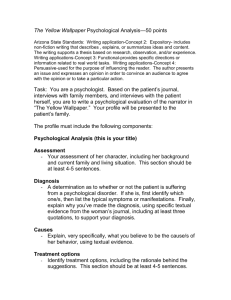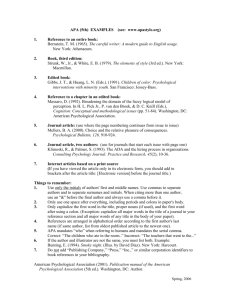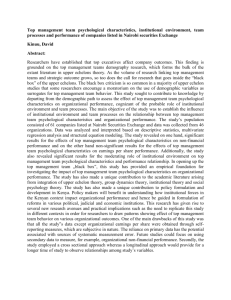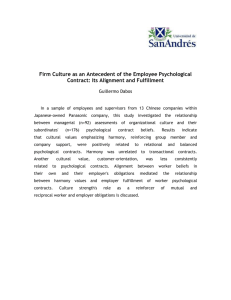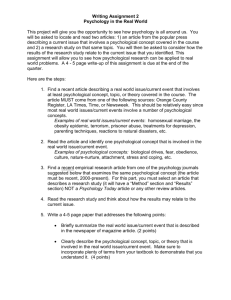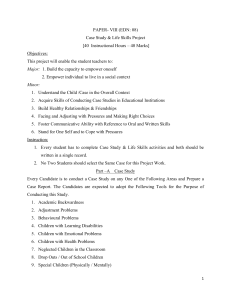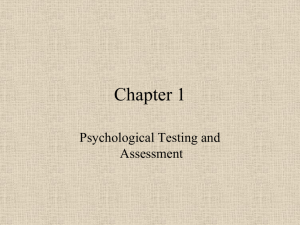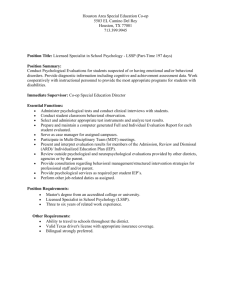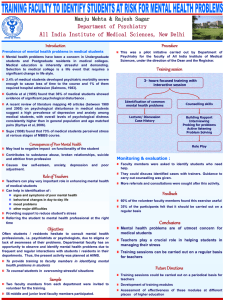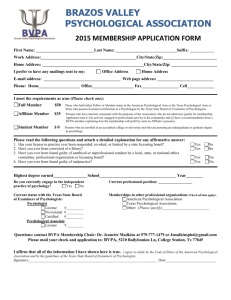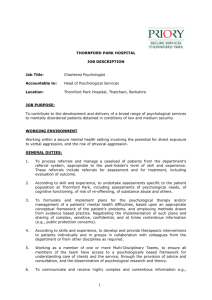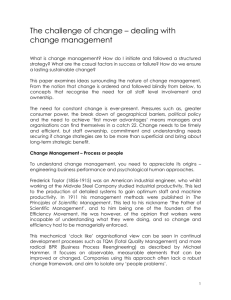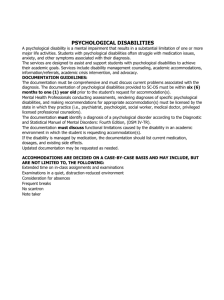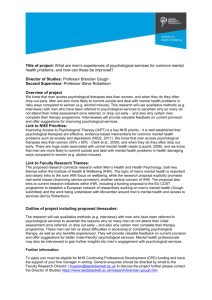Psychological_Distance_Between_Categories_in_Likert_Scale
advertisement
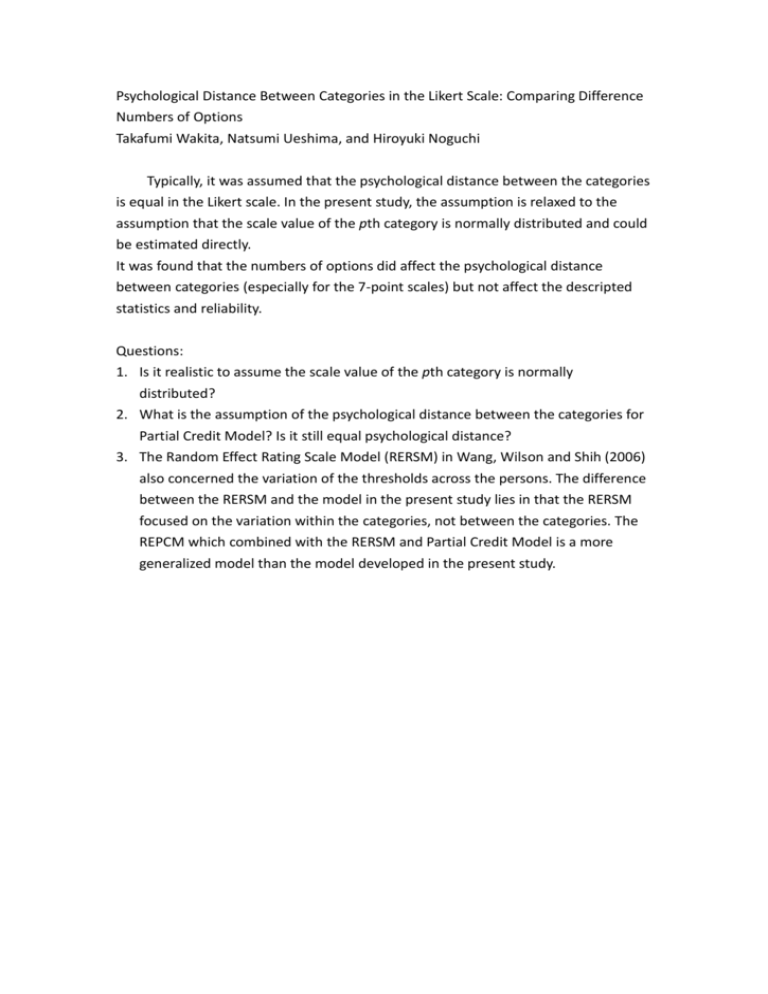
Psychological Distance Between Categories in the Likert Scale: Comparing Difference Numbers of Options Takafumi Wakita, Natsumi Ueshima, and Hiroyuki Noguchi Typically, it was assumed that the psychological distance between the categories is equal in the Likert scale. In the present study, the assumption is relaxed to the assumption that the scale value of the pth category is normally distributed and could be estimated directly. It was found that the numbers of options did affect the psychological distance between categories (especially for the 7-point scales) but not affect the descripted statistics and reliability. Questions: 1. Is it realistic to assume the scale value of the pth category is normally distributed? 2. What is the assumption of the psychological distance between the categories for Partial Credit Model? Is it still equal psychological distance? 3. The Random Effect Rating Scale Model (RERSM) in Wang, Wilson and Shih (2006) also concerned the variation of the thresholds across the persons. The difference between the RERSM and the model in the present study lies in that the RERSM focused on the variation within the categories, not between the categories. The REPCM which combined with the RERSM and Partial Credit Model is a more generalized model than the model developed in the present study.


